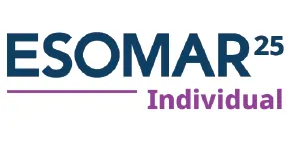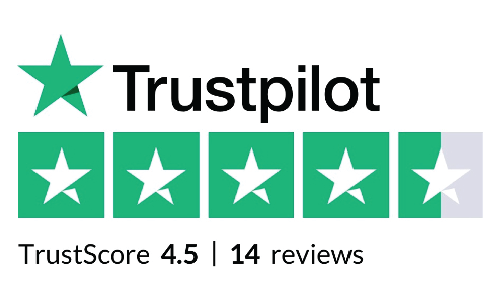
Innovation is essential for companies that want to stay competitive in the fast-paced business world of today. Yet, establishing effective innovation management practices is not without challenges. Companies often face significant obstacles in attempting to establish an innovative culture, from resistance to change and misalignment of teams to resource management problems. Despite these limitations, successful companies have established best practices to help them navigate around challenges and create long-term innovation.
Eliminating Resistance to Change.
Avarice to change is one of the greatest obstacles to effective innovation management. Even leaders and employees can resist the implementation of new ideas, procedures, or technologies, particularly in organizations with a strong tradition of relying on well-established methods. This resistance is often more pronounced in sectors dominated by rigid customs or in industries that have historically not prioritized innovation. To address this challenge, companies like 3M have embedded innovation into the very core of their corporate culture. 3M's commitment to encouraging risk-taking and experimentation stems from leadership's recognition of the need to adapt to changing circumstances. The company has implemented policies such as the 15% Rule, allowing employees to dedicate a portion of their time to learning new concepts unrelated to their primary work. This approach fosters creativity and innovation within the innovation management industry, helping 3M stay at the forefront of new developments.
Aligning Teams with Innovation Goals
Another frequent issue in innovation management is aligning teams within the organization with the overall innovation goals. Frequently, various departments—like R&D, marketing, and sales—prioritize different things or do not fully understand how their activities contribute to the general innovation strategy. This misalignment can result in lost opportunities and inefficient resource usage. To address this, companies like Google have embraced open communication systems to ensure all teams are on the same page with innovation goals. Google's Objectives and Key Results (OKR) system is an excellent resource for aligning individuals and teams with the company's overall vision.
Managing Resource Allocation
Innovation often requires a huge amount of time, money, and human resources. Typically, businesses face an issue of not being able to balance innovation ventures with daily routines and providing them with sufficient capital. Siemens has overcome such difficulty by using a disciplined priority for innovation programs. The business uses a multi-stage Stage-Gate approach on each project such that it can go through some stages of initial conceptualizing, feasibility and development. Only after getting through these is significant capital made available. This approach helps Siemens identify which projects are best suited to its strategic objectives so that the company is not over-extended and utilizing its resources to the fullest.
Creating a Culture of Support for Innovation
For innovation to thrive, companies must cultivate a corporate culture that fosters and supports new ideas. A lack of encouragement or appreciation for innovative efforts can lead to disengagement and missed opportunities. Organizations need to create an environment where employees feel comfortable experimenting, failing, and trying again. Building a strong innovation culture has been a key factor in Philips' success. The company has developed the HealthWorks program, which brings together staff from various disciplines to collaborate on new healthcare solutions. This program not only promotes teamwork on innovative projects but also provides mentorship and resources to help employees turn their ideas into tangible outcomes. By prioritizing a healthy corporate culture, Philips encourages continuous innovation and idea development across its teams.
Measuring Innovation Success
Ultimately, it can be challenging to assess how effectively innovation management strategies are performing. Without precise measurements, companies may struggle to determine if their innovation efforts are truly making an impact. The long-term value of innovation might not be adequately captured by traditional performance metrics, making it difficult for leaders to justify continued investment. Procter & Gamble (P&G) addresses this challenge by measuring the success of its innovation efforts through a range of indicators. P&G tracks both financial outcomes and intangible factors such as customer satisfaction, employee motivation, and product development progress. To ensure sustainable growth and profitability, P&G continually refines its innovation management methodology by considering both short-term results and long-term innovation success.
To effectively manage innovation, several barriers need to be overcome, including resistance to change, team alignment, difficulties in allocating resources and building an enabling culture. But companies such as Procter & Gamble, Siemens, Philips, Google, and 3M have developed best practices that help them cope with these challenges. These companies can build sustained innovation and maintain a competitive advantage in their respective markets by developing an open communication environment, aligning teams with innovation goals, effectively allocating resources, and using the right metrics to track progress. These processes are necessary for sustaining growth and keeping in front of the competition as the company climate evolves.
Sources:
Company: Itonics, IspireIP






